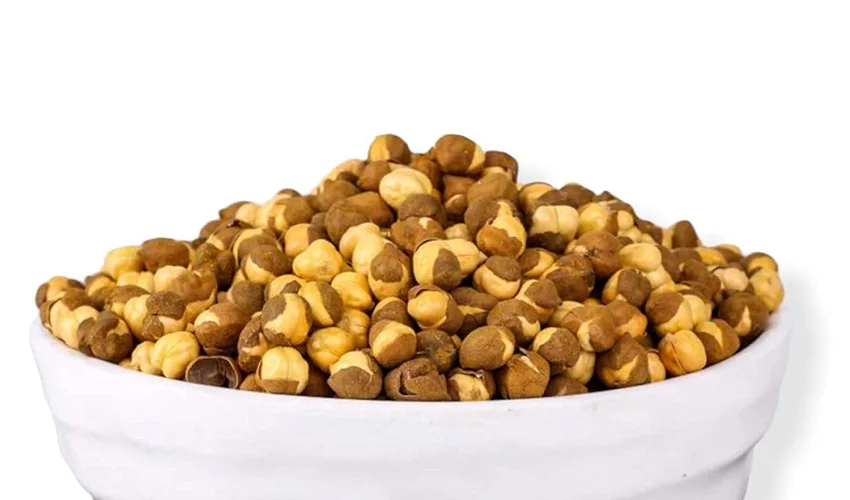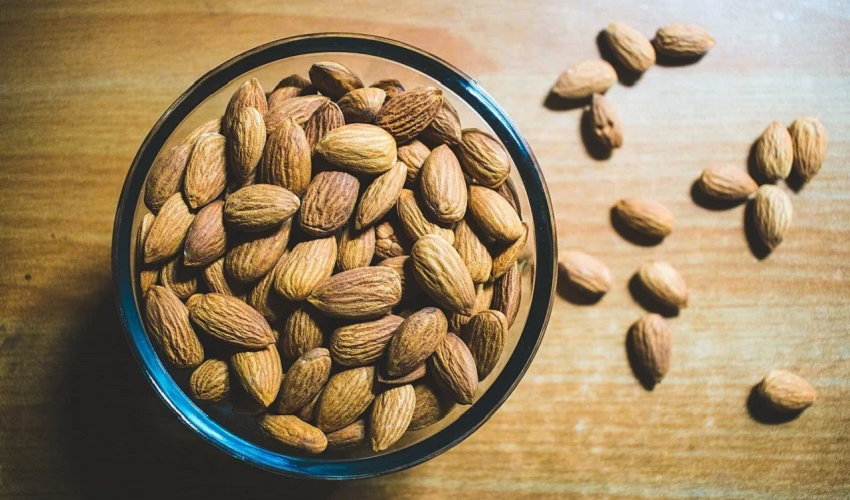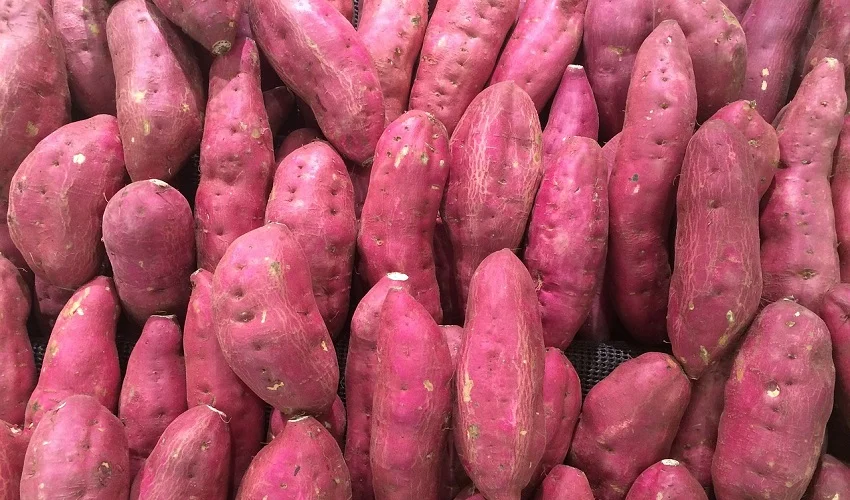Living with type 2 diabetes requires careful attention to dietary choices to manage blood sugar levels effectively. One key aspect of managing diabetes is understanding and interpreting the sugar content found on food labels. Food labels provide essential information about the nutritional composition of packaged foods, helping individuals with diabetes make informed decisions. This article aims to provide diabetic patients and their caregivers with a comprehensive understanding of sugar content on food labels, enabling them to make smart choices to improve their quality of life.
Understanding the Impact of Sugar on Blood Glucose Levels
Sugar has a direct impact on blood glucose levels, making it crucial for individuals with type 2 diabetes to monitor their sugar intake. Excessive sugar consumption can lead to blood sugar spikes and complications in diabetes management. By understanding how sugar affects blood glucose levels, individuals can make informed choices about their diet.
Role of Food Labels in Diabetes Management
Food labels serve as a valuable tool for diabetes management. They provide information about the nutritional content of packaged foods, including the sugar content. By reading and interpreting food labels correctly, individuals can regulate their carbohydrate and sugar intake, leading to better blood sugar control.
Navigating Food Labels: Key Elements
The serving size listed on food labels provides information about the amount of food considered a single serving. Paying attention to serving sizes helps individuals accurately estimate their carbohydrate and sugar intake. It is essential to be mindful of portion sizes to maintain stable blood glucose levels.
Total Carbohydrates
Total carbohydrates represent the sum of all types of carbohydrates in a food item, including sugars, dietary fiber, and complex carbohydrates. Monitoring total carbohydrates helps individuals manage their overall carbohydrate intake, which directly affects blood glucose levels. It is important to choose foods with moderate carbohydrate content and prioritize complex carbohydrates and dietary fiber.
Dietary Fiber
Dietary fiber is a type of carbohydrate that the body cannot digest. It offers numerous health benefits, including helping to regulate blood sugar levels and promoting digestive health. Paying attention to the fiber content on food labels is crucial for individuals with diabetes. Foods high in dietary fiber should be chosen as they have a lower impact on blood glucose levels.
Sugars
The sugar content listed on food labels represents the amount of added and naturally occurring sugars in a product. Monitoring sugar intake is crucial for managing blood glucose levels effectively. Differentiating between added and naturally occurring sugars helps individuals identify healthier options. Limiting added sugars is particularly important, as they provide empty calories without offering any nutritional value.
Identifying Hidden Sugars
Food manufacturers often use various names for sugar, making it challenging to identify its presence in products. Some common names for sugar include sucrose, glucose, fructose, maltose, corn syrup, and high-fructose corn syrup. Familiarizing oneself with these names helps individuals identify hidden sugars. Checking the ingredients list on food labels is essential to identify these hidden sources of sugar.
Sugar Alcohols and Artificial Sweeteners
Sugar alcohols and artificial sweeteners are alternative sweeteners used in many products marketed as sugar-free or low-sugar. While these sweeteners may have fewer calories or a lower impact on blood sugar, they should still be consumed in moderation. Understanding the impact of sugar alcohols and artificial sweeteners on blood glucose levels is essential for making informed choices.
Glycemic Index and Glycemic Load
The glycemic index (GI) and glycemic load (GL) are tools that measure how quickly a food raises blood glucose levels. Foods with a high GI or GL should be consumed in moderation by individuals with diabetes. The GI and GL can guide individuals in choosing foods that have a minimal impact on blood sugar levels. Foods with a lower GI are generally more beneficial for managing diabetes.
Assessing Sugar Content on Food Labels
The daily value (DV) and percent daily value (%DV) provide information about the nutrient content of a serving of food in relation to the recommended daily intake. The %DV for sugar indicates whether a food is high or low in sugar. Monitoring the %DV helps individuals control their sugar intake effectively. Foods with a %DV of 5% or less are considered low in sugar.
Recommended Sugar Intake for Diabetics
The American Diabetes Association (ADA) recommends limiting added sugar intake to less than 10% of total daily calories. Understanding this guideline can assist individuals in making healthier choices while managing their diabetes effectively. By staying within the recommended limits, individuals can reduce the risk of blood sugar spikes and complications associated with diabetes.
Interpreting Sugar Content in Grams
Interpreting sugar content in grams allows individuals to make precise calculations of their sugar intake. By understanding the sugar content in a food item, individuals can control their carbohydrate intake and maintain stable blood glucose levels. It is important to consider the overall carbohydrate content and choose foods that fit within individual carbohydrate goals.
Strategies for Making Smart Choices
Whole foods and fresh produce should form the foundation of a diabetes-friendly diet. These foods are naturally low in added sugars and offer essential nutrients, dietary fiber, and antioxidants that promote overall health and well-being. Choosing whole grains, lean proteins, fruits, and vegetables helps individuals with diabetes maintain stable blood sugar levels.
Opt for Low-Sugar or Sugar-Free Alternatives
When choosing packaged foods, opting for low-sugar or sugar-free alternatives can help individuals with diabetes manage their sugar intake more effectively. Reading food labels and comparing different products can aid in selecting healthier options. However, it is important to be cautious of products that use artificial sweeteners or sugar alcohol excessively.
Be Mindful of Portion Sizes
Portion control plays a vital role in managing diabetes. Understanding serving sizes and being mindful of portion sizes helps individuals regulate their carbohydrate and sugar intake, maintaining stable blood glucose levels. Measuring and weighing food when necessary can help ensure accurate portion sizes and better control over sugar consumption.
Utilize Food Tracking Apps and Tools
Food tracking apps and tools can simplify the process of monitoring sugar intake. These applications allow individuals to log their meals and track their carbohydrate and sugar consumption, promoting better awareness and control. By using these tools, individuals can gain insights into their eating habits and make adjustments as needed.
Practical Examples and Recommendations
Case studies exemplify the process of reading food labels and making informed decisions. These examples illustrate how to interpret various aspects of food labels to identify healthier options and avoid hidden sugars. By analyzing specific product labels, individuals can learn to navigate food labels more effectively.
Sugar Content Comparison: Common Foods and Beverages
A comparative analysis of sugar content in common foods and beverages provides individuals with diabetes a better understanding of the sugar content in their daily diet. This comparison can assist in making healthier choices and reducing overall sugar intake. Examples may include comparisons between regular soda and diet soda, or between different brands of breakfast cereals.
Smart Choices for Snacks and Desserts
Choosing diabetes-friendly snacks and desserts is essential for individuals looking to manage their sugar intake. This section can provide examples of low-sugar snack options, such as fresh fruit, nuts, and yogurt. It can also explore alternative dessert recipes that use natural sweeteners or sugar substitutes.
Deciphering sugar content on food labels is a crucial skill for individuals with type 2 diabetes. By understanding the information provided on food labels, individuals can make informed choices to manage their blood sugar levels effectively. Reading food labels, identifying hidden sugars, and considering portion sizes are essential strategies for making smart choices. By prioritizing whole foods, opting for low-sugar alternatives, and utilizing food tracking tools, individuals can improve their quality of life and achieve better diabetes management. By taking control of their sugar intake, individuals can pave the way for a healthier future.




